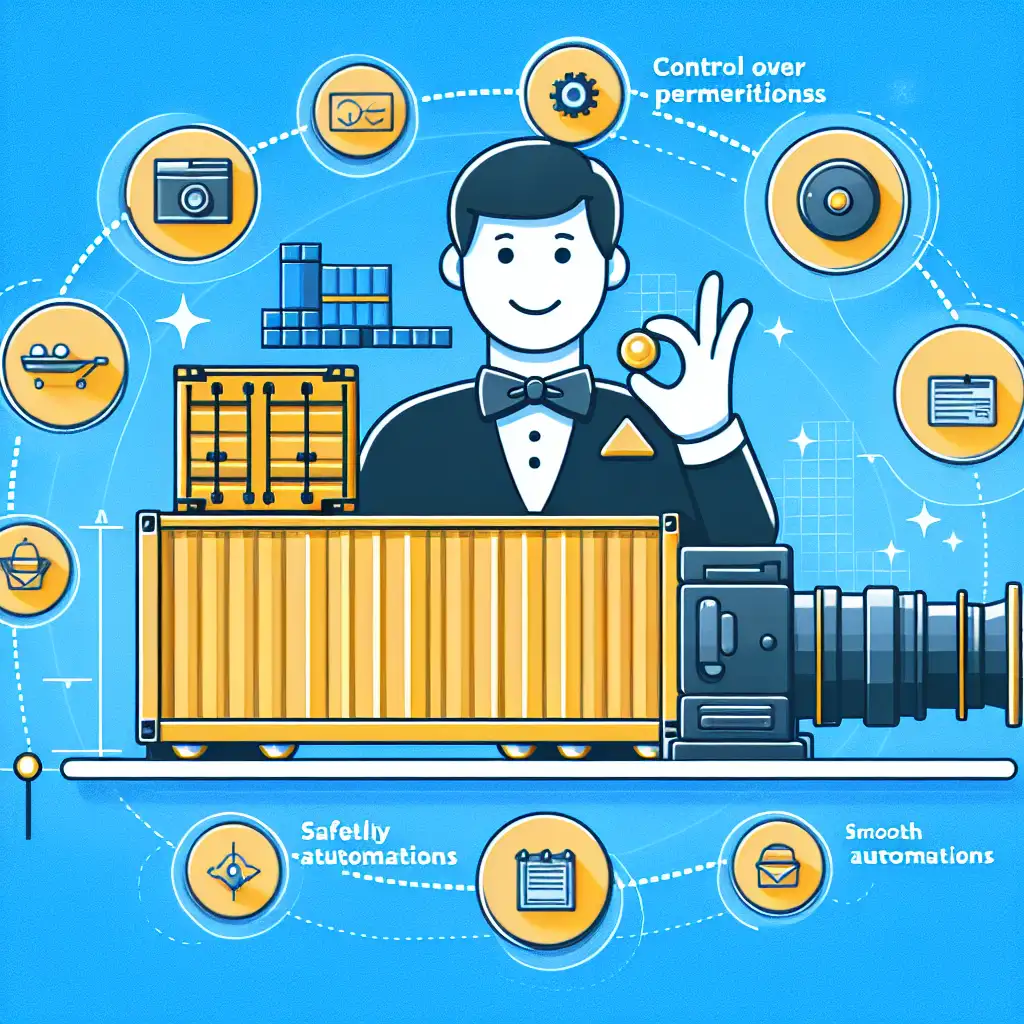How to Safely Add Jenkins to the Docker Group for Seamless CI/CD Integration
Forget the common pitfalls of running Jenkins with excessive privileges; discover a precise, secure method to add Jenkins to the Docker group that empowers your CI/CD workflows without compromising system integrity.
When working with Jenkins pipelines that build, run, or push Docker containers, you’ll often find yourself needing direct access to Docker commands. A common mistake is running Jenkins as root or prefixing every Docker CLI command with sudo, which poses severe security risks and complicates your automation scripts.
A best practice is to add the Jenkins user to the Docker group. This approach grants necessary permissions to interact with the Docker daemon directly, without elevating privileges unnecessarily—striking a perfect balance between operational convenience and system security.
Here’s a practical guide on how to achieve this safely and cleanly.
Why Add Jenkins to the Docker Group?
- Streamline Pipeline Execution: Jenkins can execute Docker commands directly inside build steps without complicated wrappers.
- Avoid Using sudo: Running everything as root or using
sudoinside pipelines is unsafe and prone to errors. - Maintain Security Boundaries: Jenkins can use Docker as intended but won’t gain additional root privileges on the host system.
Step-by-Step Guide: Adding Jenkins User to the Docker Group
1. Verify Your Current Setup
First, confirm if Docker is installed and running properly:
docker --version
systemctl status docker
Check whether there is a docker group existing on your system:
getent group docker
If you see output like:
docker:x:999:
The Docker group exists (your GID might differ).
2. Identify the User Running Jenkins
On most systems, Jenkins runs under a dedicated user jenkins. Verify this by checking process owners:
ps -ef | grep jenkins
Or check which user owns the files in your Jenkins home directory:
ls -ld /var/lib/jenkins
3. Add Jenkins User to Docker Group
To grant access rights:
sudo usermod -aG docker jenkins
Explanation:
usermodmodifies user properties.-aG dockerappends (-a) userjenkinsto groupdocker.
Important: Avoid replacing all groups (-G) as it will remove existing group memberships.
4. Restart Jenkins Service
For changes in groups membership to take effect, the user session needs to refresh. Since Jenkins runs as a system service, restart it:
sudo systemctl restart jenkins
Alternatively:
sudo service jenkins restart
Note: You may also need to log out/in or reboot if testing from a shell.
5. Test If Jenkins Can Run Docker Commands
Create a simple shell build step in your pipeline or directly execute under jenkins user shell:
sudo -u jenkins docker info
If it displays info about your Docker setup without permission errors, you’re good!
Or inside a simple scripted pipeline stage:
pipeline {
agent any
stages {
stage('Docker Info') {
steps {
sh 'docker info'
}
}
}
}
Running this pipeline should output details of your Docker daemon accessible by Jenkins.
Security Considerations
While adding Jenkins to the docker group avoids using sudo for every command, be aware:
- Membership in
dockergroup is equivalent to root-level access because the docker socket (/var/run/docker.sock) can control containers and bind-mount host paths. - Restrict users who are part of this group carefully.
- Consider using additional security layers like:
- Running build agents inside isolated environments (containers, VMs).
- Employing custom roles or using tools like rootless docker for finer-grain control.
In many production environments, fine-tuning permissions around this socket is crucial for preventing privilege escalation vulnerabilities.
Summary
Adding Jenkins safely to your Docker group offers a seamless way for continuous integration pipelines to manage containerized workloads securely without resorting to risky superuser permissions.
Just remember these critical steps:
- Confirm docker and its group exist.
- Confirm which user runs Jenkins (
jenkinsdefault). - Add that user (
jenkins) safely intodockergroup. - Restart service for changes.
- Test with simple commands or jobs.
Leveraging this approach enables efficient automation while maintaining your system integrity intact—essential when scaling up modern CI/CD workflows powered by containerization.
Have you implemented this setup? Share your experiences or troubleshooting tips in the comments below!
